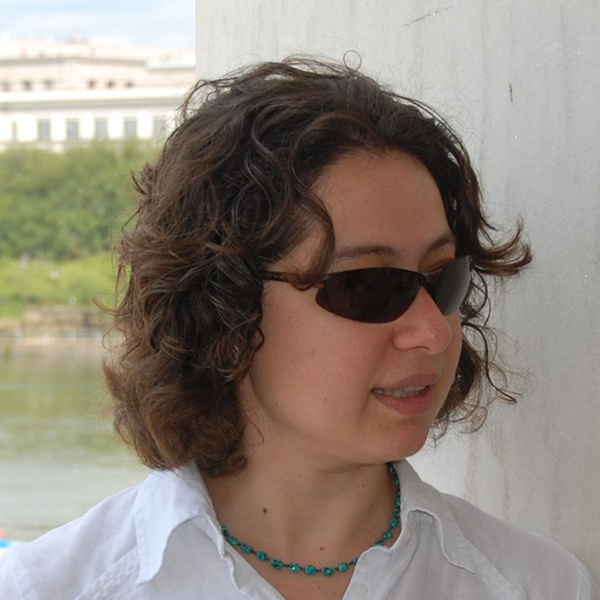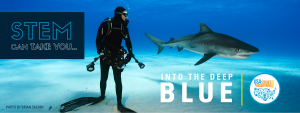Biography
Exciting Insights Into How the Brain Makes Decisions and Pays Attention
What guides and influences us in the decisions we make? Past research indicates that our choices, both voluntary and involuntary, are separate processes in the brain. But, studies by cognitive neuroscientist Sarah Shomstein show that these processes are linked and decisions are ultimately made based on the perception of a reward.
“Think about when you’re at the supermarket, picking out fruit,” says Sarah, Associate Professor of Cognitive Neuroscience at George Washington University and an affiliated faculty member of the college’s Neuroscience Institute and Mind-Brain Institute. “You will most likely refrain from picking out a mango if you got food poisoning after eating a mango salad the week before; however, you will not hesitate to choose a fruit that has not led to any recent discomfort.”
Through her research, Sarah found that in making choices, such as which fruit to buy, there are two types of interwoven processes at work. For example, in the scenario outlined above, the active avoidance of mangos unfolds by way of voluntary attentional control, but other fruit selections may be guided by involuntary attention and influenced by physical properties of the fruits, such as bright colors, shapes, or accessibility.
“When viewing the world around us, our perceptual system is bombarded by a large amount of sensory information that our brains simply cannot process all at once,” says Sarah. “To understand the environment, the brain’s perceptual system has to select a subset of information for further processing. The critical question is how the brain chooses what to process first.”
Indeed, in an age of cell phones, the internet, 24/7 news channels, multi-tasking and other distractions, the brain’s capacity to pay attention and make decisions efficiently is challenged like never before.
Sarah’s research is specifically concerned with understanding the psychological and neural mechanisms underlying attentional selection, and focuses on two questions in particular. ¨The first question,¨ she says, ¨concerns the representations, or units, from which selection occurs and this line of research focuses primarily on the behavioral and neural correlates of spatial and object-based selection as human observers analyze incoming information. The second question concerns the computations involved in the selection per se and this research investigates the neural source of the attentional signal and the impact this signal exerts on the neural trace of the sensory stimulus before and after it has been attentionally selected.
Sarah received her Ph.D. from Johns Hopkins University in 2003.
For more information, https://psychology.columbian.gwu.edu/sarah-shomstein


































